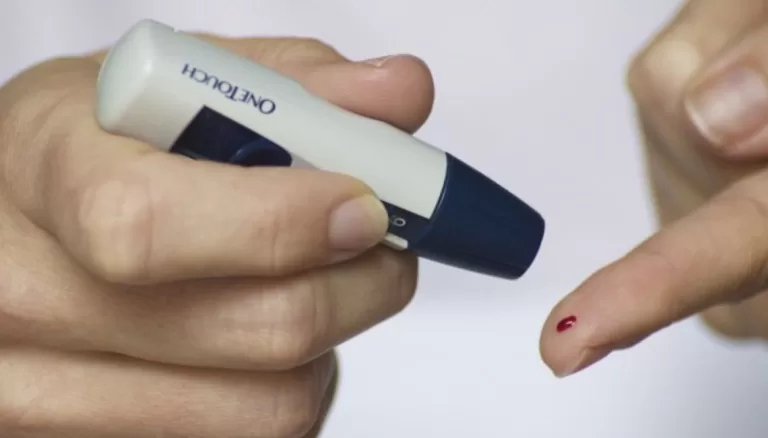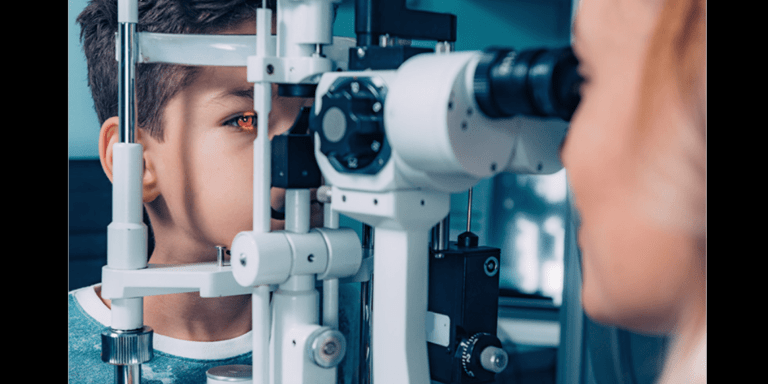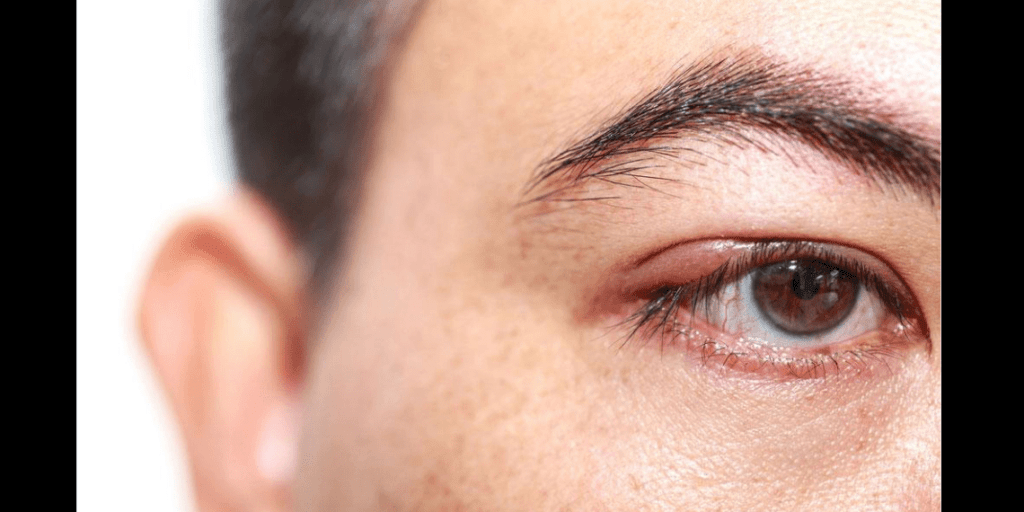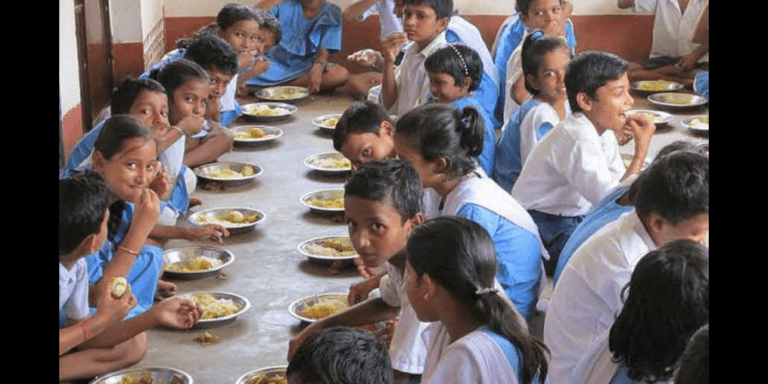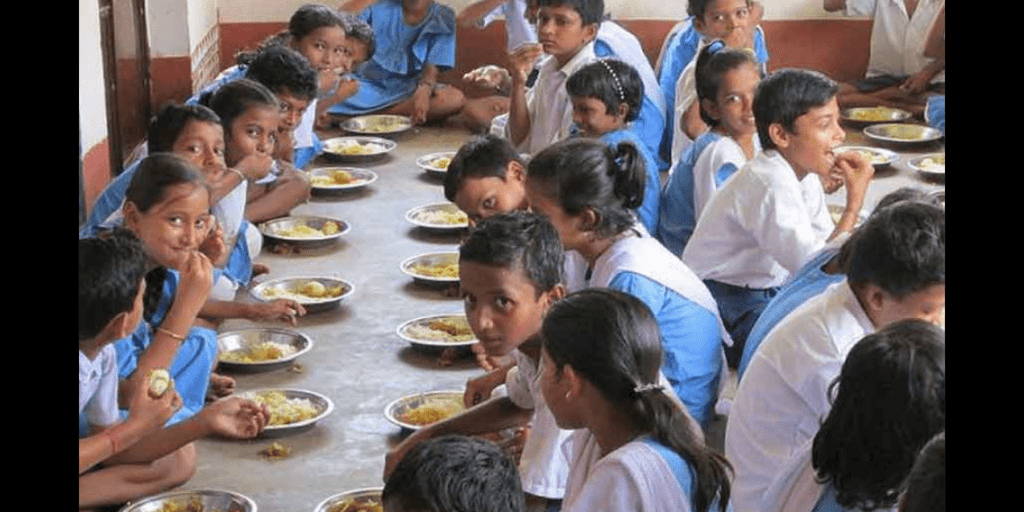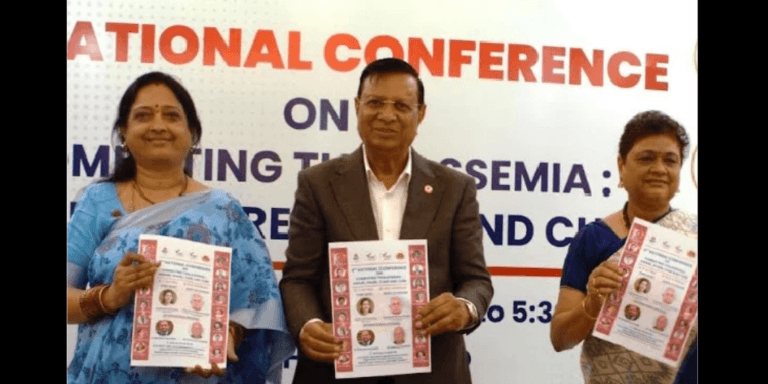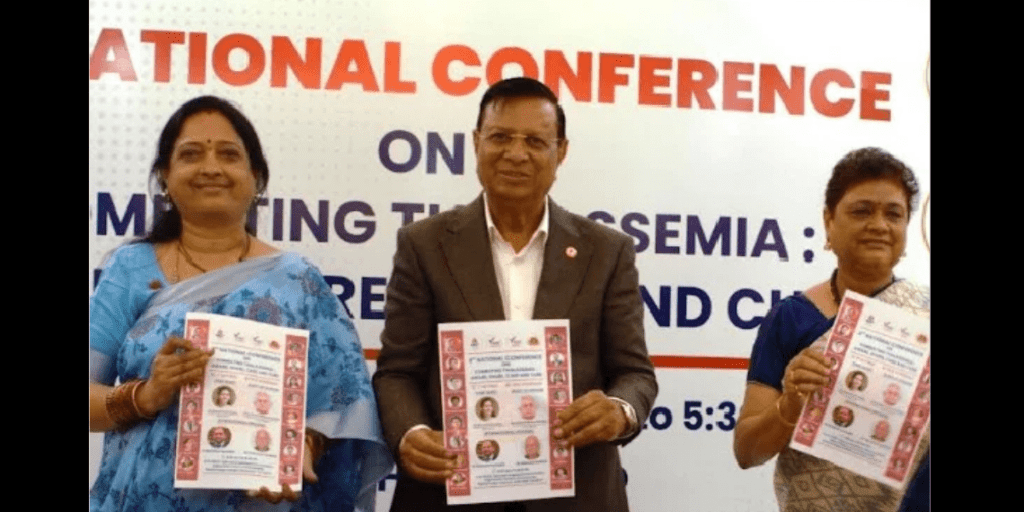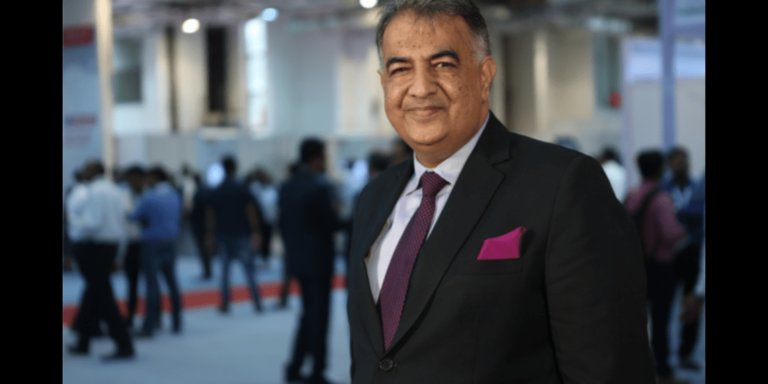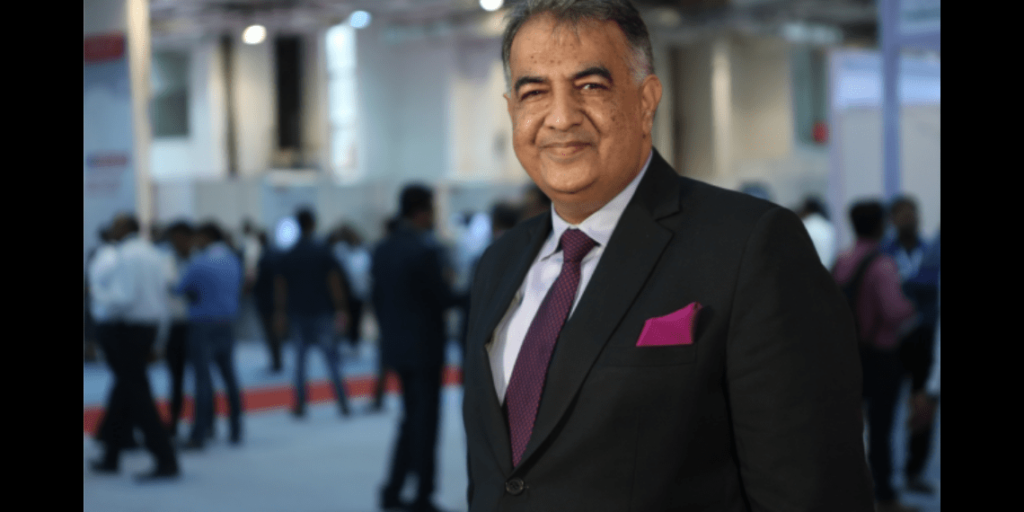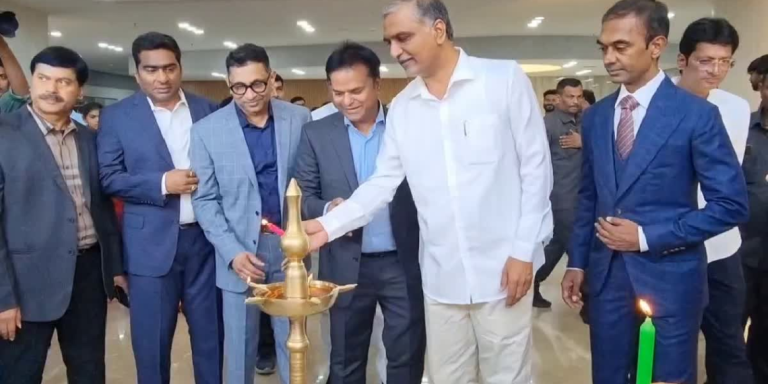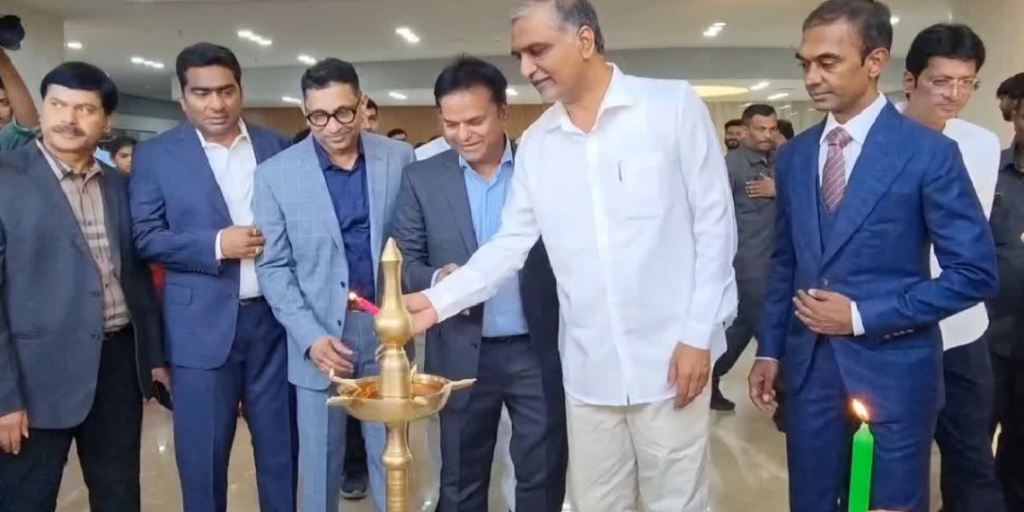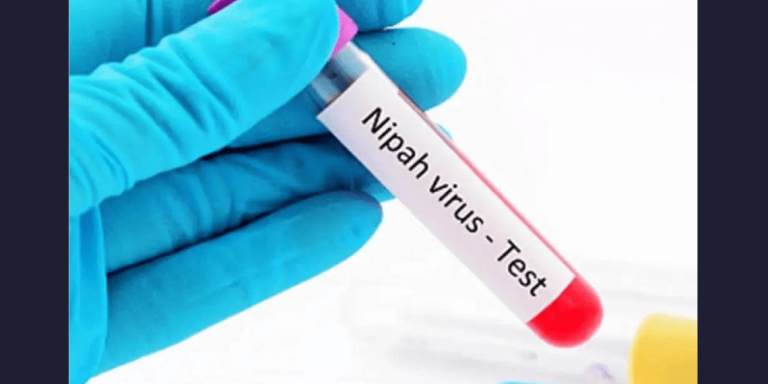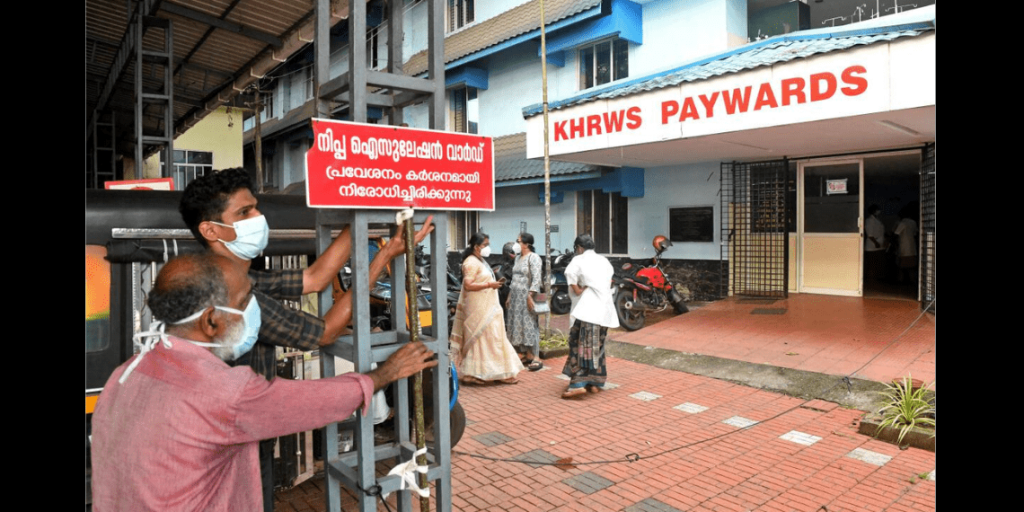An inventive magnetic wound-healing gel has been developed by a research team; it has the potential to decrease recurrence rates, accelerate the healing of diabetic wounds, and ultimately lower the number of limb amputations.
The gel’s engineers, researchers from the National University of Singapore (NUS), clarified that each treatment entails applying a bandage that has been pre-loaded with a hydrogel that contains magnetic particles and skin cells for healing.
A wireless external magnetic device is used to activate skin cells and speed up the healing process in order to maximize therapeutic results. Ideally, magnetic stimulation should last between one and two hours.
The research was published in the scientific journal Advanced Materials. Lab tests revealed the treatment in combination with magnetic stimulation healed diabetic wounds three times faster than current conventional approaches.
Andy Tay, assistant professor and leader of the team, stated, “Our technology addresses multiple critical factors associated with wounds caused by diabetes, simultaneously managing high levels of glucose in the wound area, activating dormant skin cells near the wound, improving damaged blood vessels, and repairing the affected vascular network within the wound.”
Globally, there are currently over 500 million people who have diabetes, and this number is projected to grow dramatically. As a result, foot ulcers and other chronic diabetic wounds have grown to be a significant global health concern.
According to the researchers, there are between 9.1 and 26.1 million cases of diabetic foot ulcers worldwide each year, and between 15 and 25 percent of diabetic patients will get one at some point in their lives.
Our group has succeeded in finding a sweet spot through the use of mild mechanical stimulation. As a result, but not to the point where it kills them, the remaining skin cells are able to “work out” to heal wounds, according to Tay.
Two types of FDA-approved skin cells—keratinocytes, which are crucial for skin repair, and fibroblasts, which are necessary for the formation of connective tissue—as well as small magnetic particles are packed into the specially made wound-healing gel.
The researchers found that the mechanical stimulation of the gel stimulates dermal fibroblasts to become more active when combined with a dynamic magnetic field produced by an external device.


